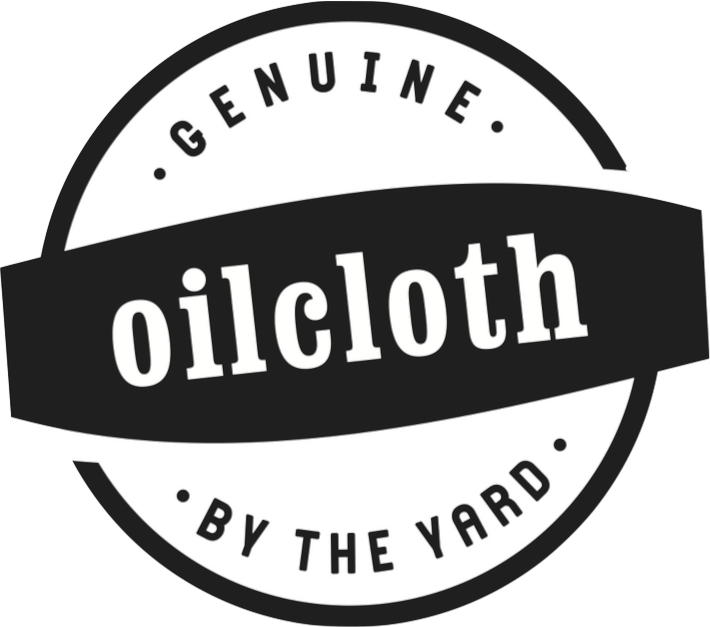Oilcloth, a term that evokes images of vintage charm and practical utility, is a fabric with a rich history and distinctive features. Traditionally, oilcloth was made by treating canvas or linen with linseed oil, creating a waterproof and durable material. This treatment process not only enhanced the fabric's longevity but also made it incredibly useful for a variety of applications, from table coverings to rainwear. Today, however, modern oilcloth is typically made from cotton or polyester with a coating made from recycled plastic, which offers similar benefits with improved ease of production and maintenance.
The composition of contemporary oilcloth involves a few key materials. The base fabric, usually cotton or polyester, provides the strength and flexibility, while the coating adds the essential waterproofing and protective layer. This combination is what gives oilcloth its characteristic resilience and ease of cleaning. The middle layer is often prints with vibrant patterns and designs, making oilcloth not only functional but also aesthetically pleasing. This blend of practicality and style is what sets oilcloth apart from other fabrics, ensuring its popularity for both everyday use and special occasions.
The process of manufacturing oilcloth also plays a significant role in its unique properties. The base fabric is first printed with the desired design using specialized organic inks that can withstand the application of the coating. Once the design is set, the fabric is processed, ensuring a seamless, waterproof surface. The end result is a product that is not only durable and easy to clean but also retains its vibrant colors and patterns over time, making it a favorite choice for many households.
Despite its many advantages, oilcloth has been subject to a number of misconceptions, particularly regarding its smell. One of the most common myths is that all oilcloth products have a strong, unpleasant odor. This belief likely stems from experiences with low-quality or poorly manufactured oilcloth items, which can indeed have a noticeable smell due to the materials and processes used. However, it is important to distinguish between these products and high-quality oilcloth, which does not have the same issues.
Another prevalent myth is that the smell of oilcloth is permanent and cannot be eliminated. This is not entirely accurate. While some oilcloth items may have a distinct odor when first purchased, this smell often diminishes over time. This is the case for most fabrics. Factors such as ventilation, cleaning, and the environment in which the oilcloth is used can all influence how long the smell persists. With proper care and maintenance, any initial odor can usually be reduced or eliminated, making the material more pleasant to use.
There is also a misconception that the smell of oilcloth is harmful. In reality, any smell associated with oilcloth is typically the result of the manufacturing process. These ingredients may or may not produce a noticeable scent and they are not harmful in consumer products. It is always advisable to ensure that the oilcloth items you purchase meet quality standards, which helps to minimize any potential health concerns. Buying from Oilclothbytheyard.com guarantees a purchase of high quality and safe oilcloth fabric!
Environmental factors in your own home can also influence the scent of oilcloth. Humidity, temperature, and air circulation all play a part in how smells are perceived and how quickly they dissipate. For instance, using oilcloth in a well-ventilated area can help to minimize any initial odors, while high humidity levels may cause the smell to linger longer. In addition, some people are just more sensitive to scents than others!
